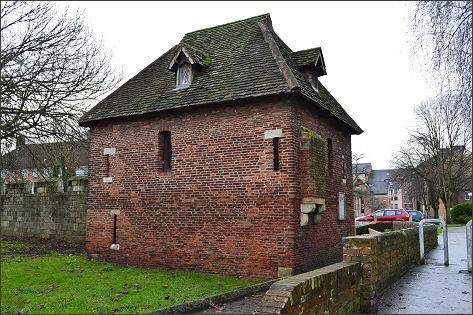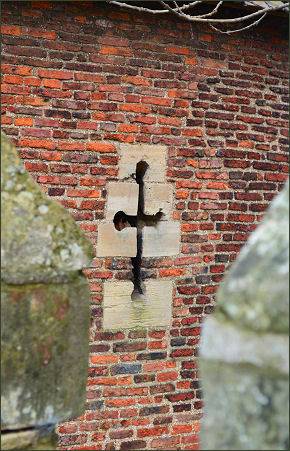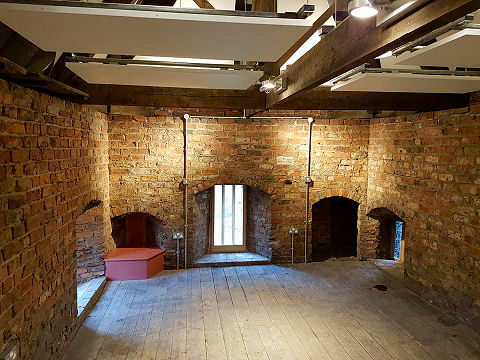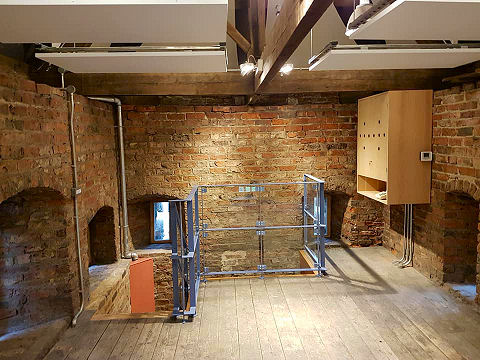The Red Tower
 The Red Tower, a Grade I listed building, which dates back to 1490, forms the only brick section of the medieval city walls of York, hence its name.
The Red Tower, a Grade I listed building, which dates back to 1490, forms the only brick section of the medieval city walls of York, hence its name.
 The tower was originally built as part of a programme of improvements to bolster the city's defences, which were agreed by King Richard III and continued by his successor, Henry VII, after Richard's death in 1485 at the Battle of Bosworth
The tower was originally built as part of a programme of improvements to bolster the city's defences, which were agreed by King Richard III and continued by his successor, Henry VII, after Richard's death in 1485 at the Battle of Bosworth
The Red Tower was intended as a watchtower to defend the city walls around the vulnerable area around the King's Fishpool, a lake formed by damning the River Foss. In around 1068, William the Conqueror ordered water from the River Foss to be diverted at Fishergate to fill a moat around his castle at York.
Damming the River Foss to supply water for the moat resulted in large-scale flooding. The flooded area became known as the King's Fishpond and, though the water has long since gone, the area still retains the name of 'Foss Islands'.
The city masons, who usually worked on the majority of the buildings in York were annoyed that tilers had been employed in the building of the Red Tower, which boiled over into attempts to sabotage the construction of the building.
Further friction followed and the tilers sought protection from the city council, which brought little improvement in the situation. In 1491, a tiler John Patrik, was murdered. Two masons, William Hindley, the master mason of York Minster and his assistant Christopher Homer, were charged with the murder and imprisoned but were later acquitted of the crime.
The tower appears short and squat in comparison to other towers on York's city walls this is due to the fact that its stone footings are now buried under the grass. Infilling of the King's Fishpond and building the Foss Island's Road in the nineteenth century has raised the ground level, burying the original ground floor and making the tower look surprisingly short. The top of the tower was originally similar to that of Monk Bar with a flat lead roof and battlements.
The Red Tower has been repaired many times over the centuries, 1541 and 1545, and was in ruins by 1736, and was restored in 1800 and again in 1857-58. It has now seen a further renovation and complete overhaul into a Community Interest Company. The vision of the Red Tower is to become an inclusive, welcoming space for creative, learning and social activities, run by local people, encouraging local and wider community participation. It is a community cafe on the ground floor, with a unique space upstairs for local charities and organisations to use as a venue.


Images courtesy of Paul Johnson and Jonathan Sharman
Guide to the Walls
| York City Walls | Bootham Bar | Fishergate Bar | Micklegate Bar & the Henry VII Experience |
| Monk Bar & the Richard III Experience |
The Multiangular Tower |
The Red Tower | Walmgate Bar |
Historic buildings in Yorkshire
